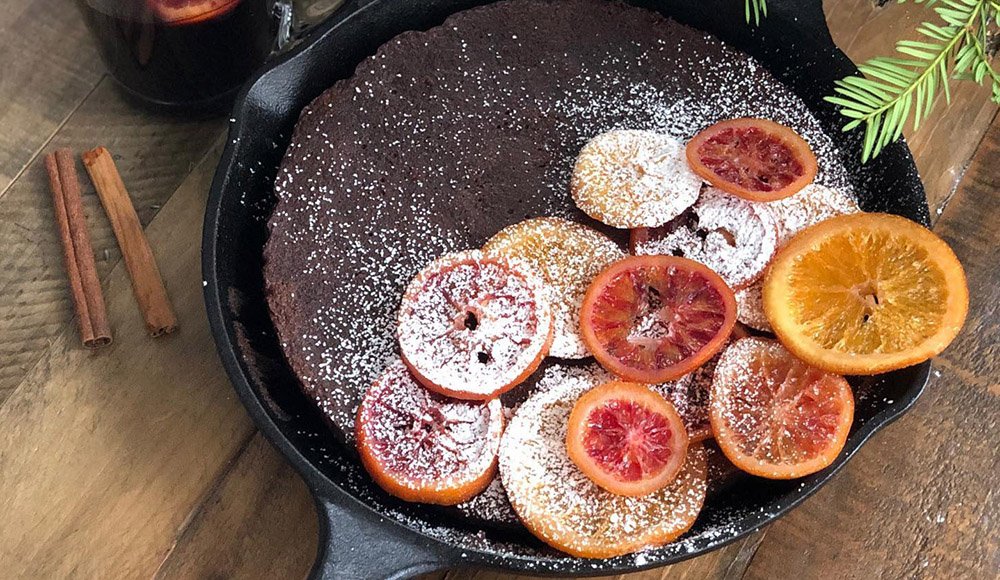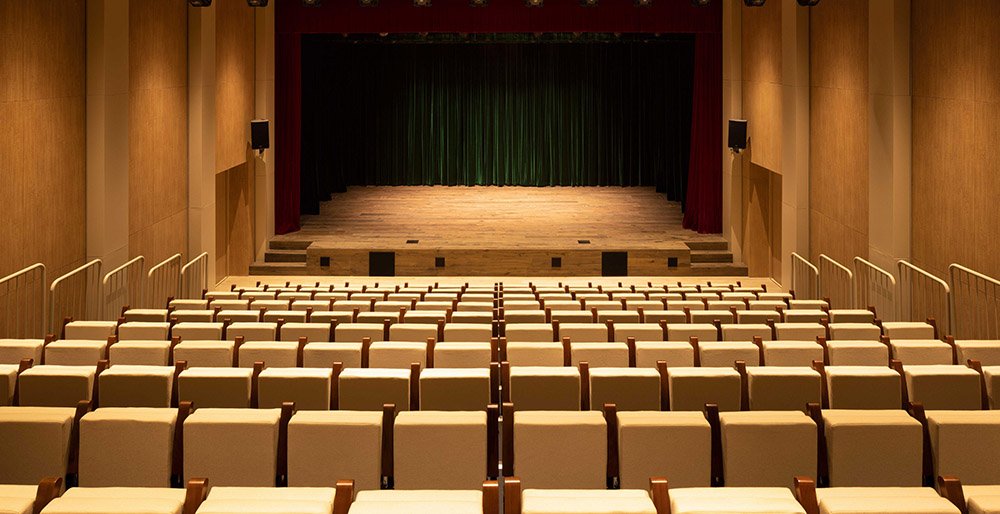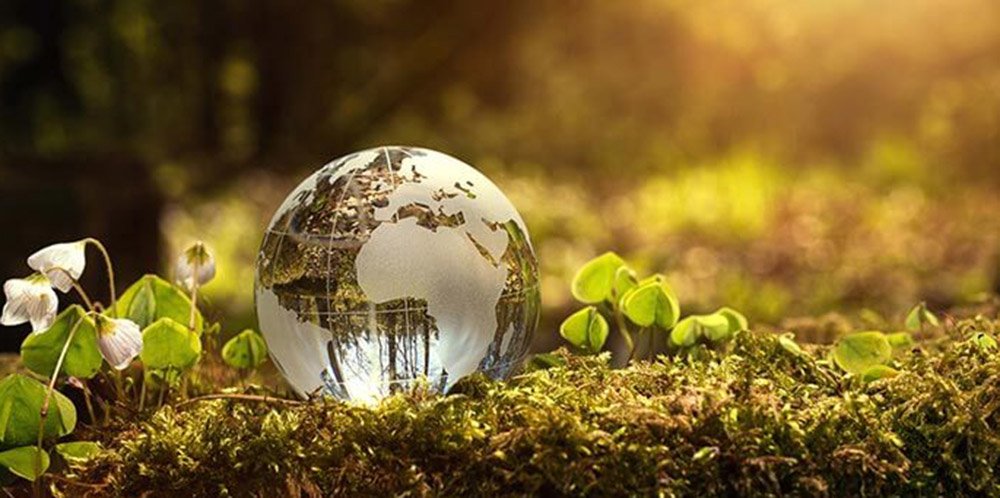Durability, adaptability, and history have made cast iron famous. Most people associate cast iron with a well-worn skillet cooking steak or a Dutch oven cooking stew. However, cast iron is adored by home cooks, chefs, and industrial engineers for its wider uses.
What Makes Cast Iron Special?
At its essence, cast iron is exactly what it sounds like: iron that’s been melted, poured into molds, and allowed to cool into its final form. This simple process results in a material that is incredibly tough and able to withstand high temperatures. What sets cast iron apart from metals like stainless steel or aluminum is its higher carbon content, which not only gives the material its characteristic weight but also contributes to its remarkable heat retention properties. This ability to hold and evenly distribute heat is a major reason why cast iron is considered one of the best materials for cookware.
For centuries, cast iron has been revered for its durability and functionality. While its primary association today is with cookware, cast iron’s use has expanded across various industries, leaving an indelible mark on history.
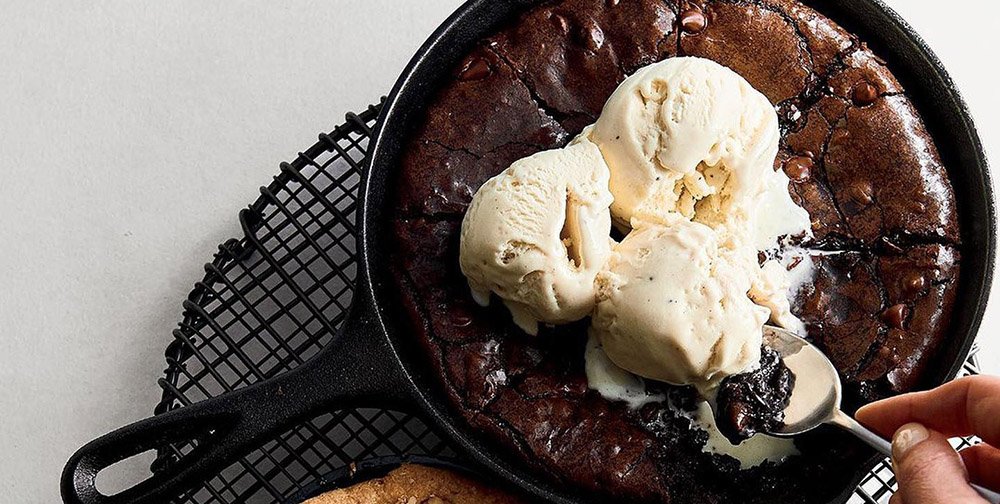
Cast Iron in the Kitchen: A Chef’s Secret Weapon
The heat retention and distribution of cast iron cookware is unmatched, from searing steaks to baking bread. A well-seasoned cast iron skillet can handle high-heat cooktop and oven applications. Cast iron cookware does make meals taste better, as many chefs assert. Its natural, steady heat produces a lovely, consistent sear that other cookware struggles to create.
Cast iron has developed to accommodate current kitchen needs while maintaining its superior performance. Traditional cast iron is durable, but enameled cast iron is simple to clean and non-stick. This invention makes cast iron more accessible to home cooks by eliminating seasoning. Whether boiling soups in a Dutch oven or frying crispy chicken in a pan, enameled cast iron is functional and attractive.
Cast iron is very indestructible, making it a lifetime investment. Cast iron cookware is often passed down through generations, bringing memories and meals.
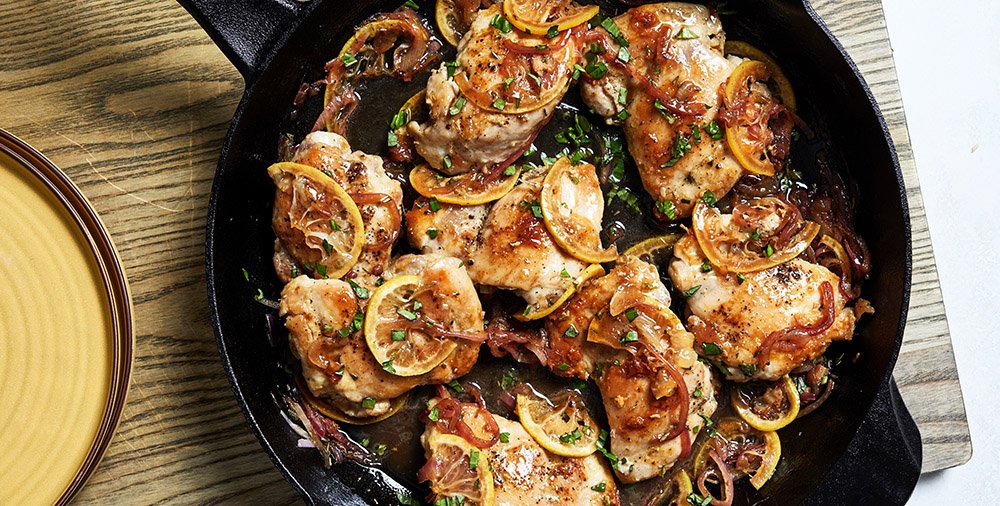
Cast Iron Beyond the Kitchen
While cast iron is a staple in the kitchen, its applications extend far beyond the realm of cooking. For centuries, cast iron has been used in construction, infrastructure, and even art. From vintage radiators and ornate garden gates to massive railways and sturdy bridges, cast iron’s strength has made it an essential material for projects requiring longevity and resilience.
Even in the modern world, cast iron continues to play a crucial role. The use of cast iron in industrial machinery, pipes, and even engine blocks demonstrates its unmatched ability to withstand stress and wear. When properly cared for, cast iron can last for generations, whether it’s in the form of cookware or structural components.
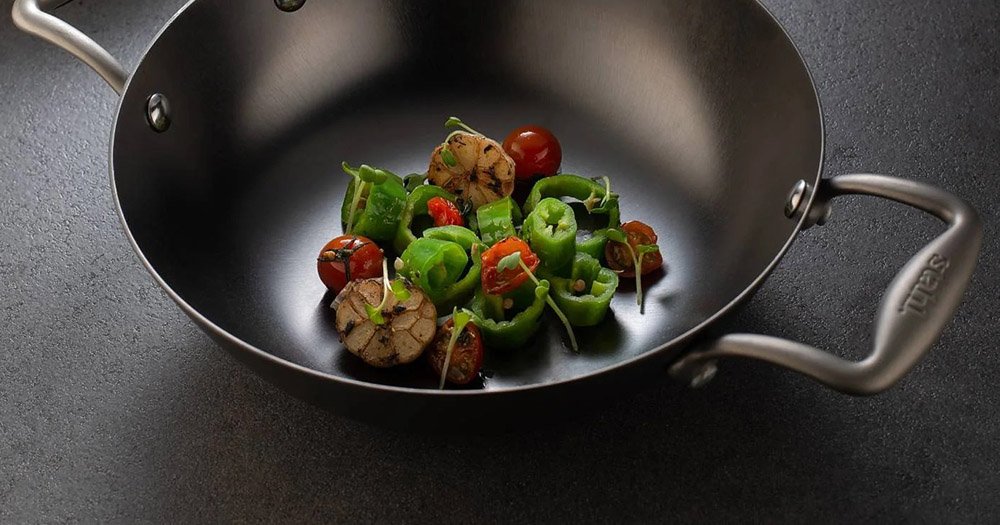
Caring for Cast Iron: It’s Easier Than You Think
One of the biggest myths surrounding cast iron is that it’s difficult to maintain. The truth is that with a little attention, cast iron can be kept in excellent condition for years. The key to longevity lies in proper seasoning. Seasoning is the process of applying a layer of oil to the surface of the pan and heating it until the oil bonds with the metal, creating a non-stick coating. Over time, this seasoning layer only improves, enhancing the cookware’s performance and ensuring that it remains resistant to rust.
Cleaning cast iron is equally simple. After cooking, it’s recommended to avoid using soap, as it can strip away the seasoning. Instead, warm water and a gentle scrub are all that’s needed. For more stubborn food bits, coarse salt can be used to help lift residue without damaging the seasoning. Once cleaned, it’s crucial to dry the cast iron thoroughly to prevent rust.
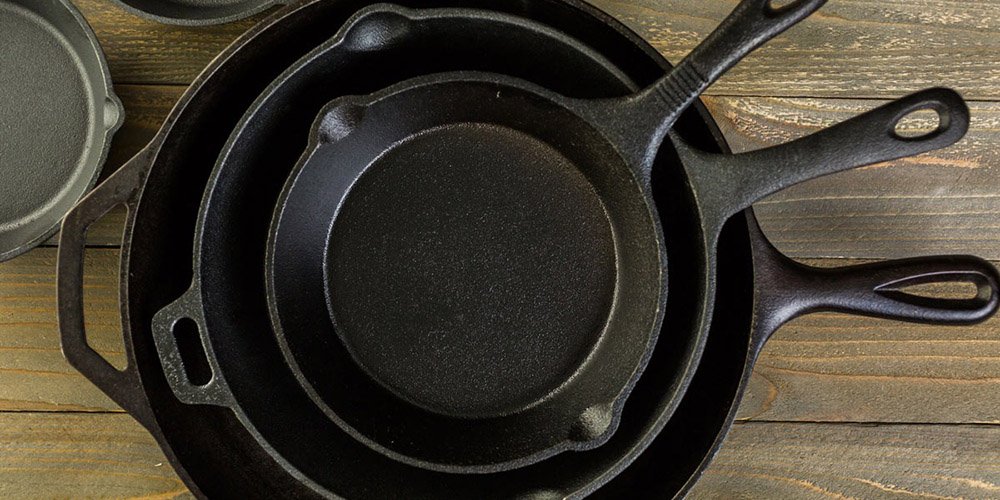
The Enduring Love for Cast Iron
Why do people swear by cast iron? First, it’s nearly indestructible. Carefully maintained cast iron skillets and Dutch ovens may last a lifetime. Cast iron cookware is often passed down as heirlooms, demonstrating its durability.
Although cast iron is durable, it also adds taste to dishes. Sear meats to perfection, bake golden cornbread, or boil stews without sticking is an experience non-stick pans cannot match. Whether cooking a gourmet dish or a family supper, the unique heat distribution ensures consistent results.
Many contemporary cooking implements lack the emotive weight of cast iron. Every item has a story. A grandmother’s skillet or a special-occasion Dutch oven can bring back memories of family meals and tabletime.
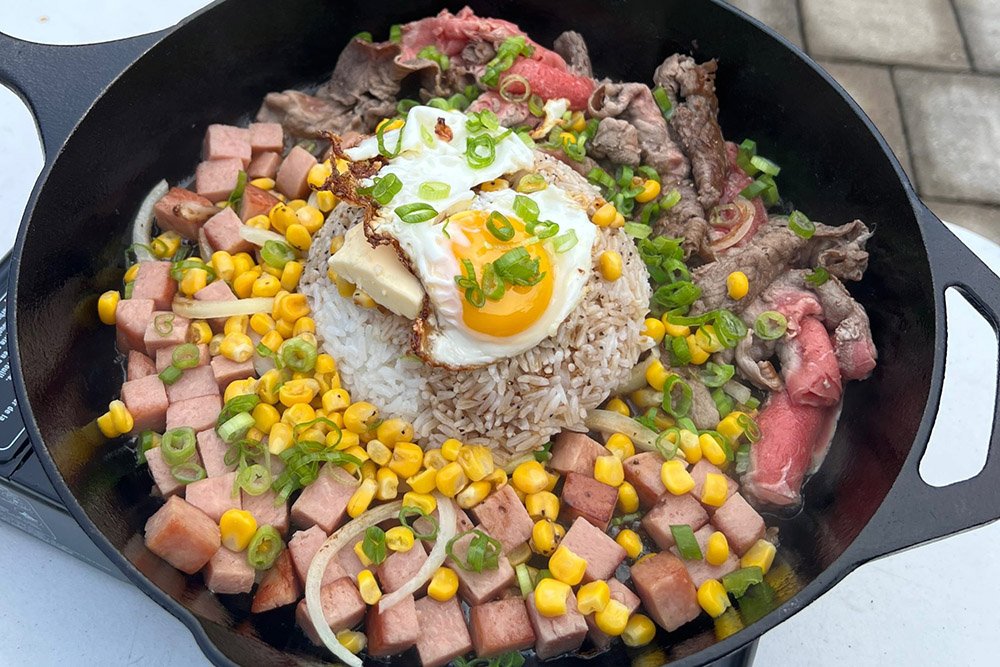
A Legacy Worth Investing In
In the world of cookware, few materials offer the same combination of durability, versatility, and history as cast iron. Whether you’re drawn to the rustic appeal of an old-fashioned skillet or the modern convenience of enameled cast iron, investing in this timeless material is always a wise choice.
As we continue to embrace sustainability and the value of well-made, long-lasting products, cast iron’s place in our kitchens and homes remains secure. It’s a material that transcends trends and stands the test of time—one meal, one generation, and one legacy at a time.
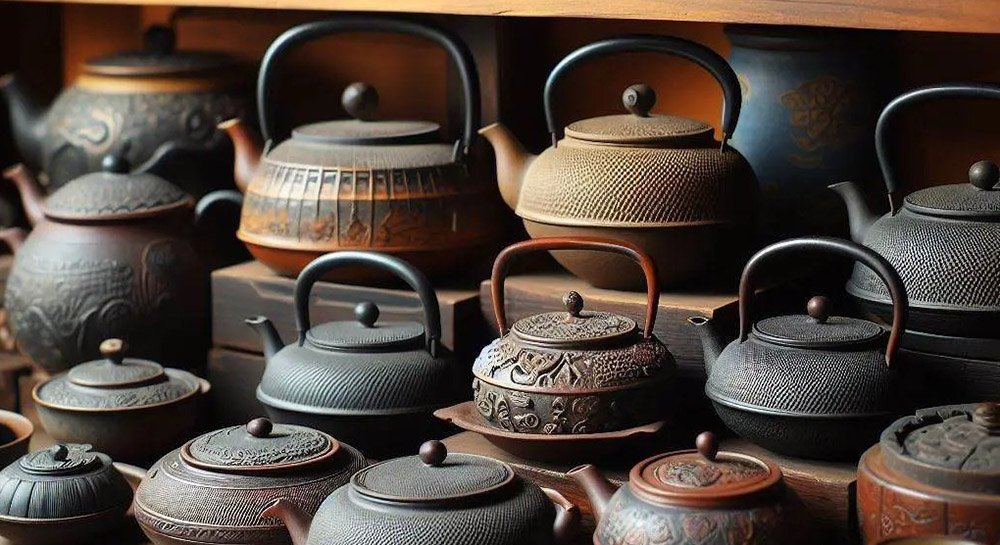
Frequently Asked Questions
What is cast iron?
Cast iron is iron mixed with carbon, which is poured into molds and cooled into durable shapes.
Why is cast iron so popular in cooking?
Cast iron retains and distributes heat evenly, making it ideal for cooking.
How do you care for cast iron?
Season your cast iron and clean it with warm water. Avoid soap and dry thoroughly.
Can cast iron last for generations?
Yes, with proper care, cast iron can last a lifetime or more.
What is enameled cast iron?
Enameled cast iron has a smooth, non-stick coating, making it easier to clean and maintain.


